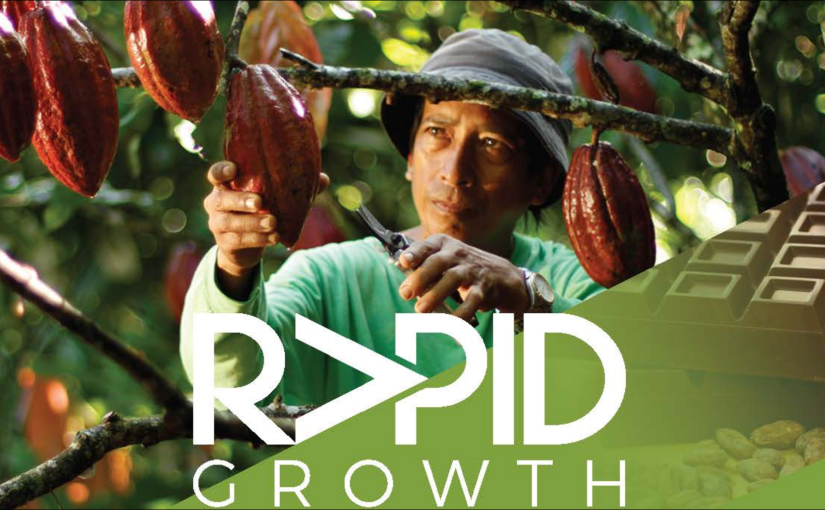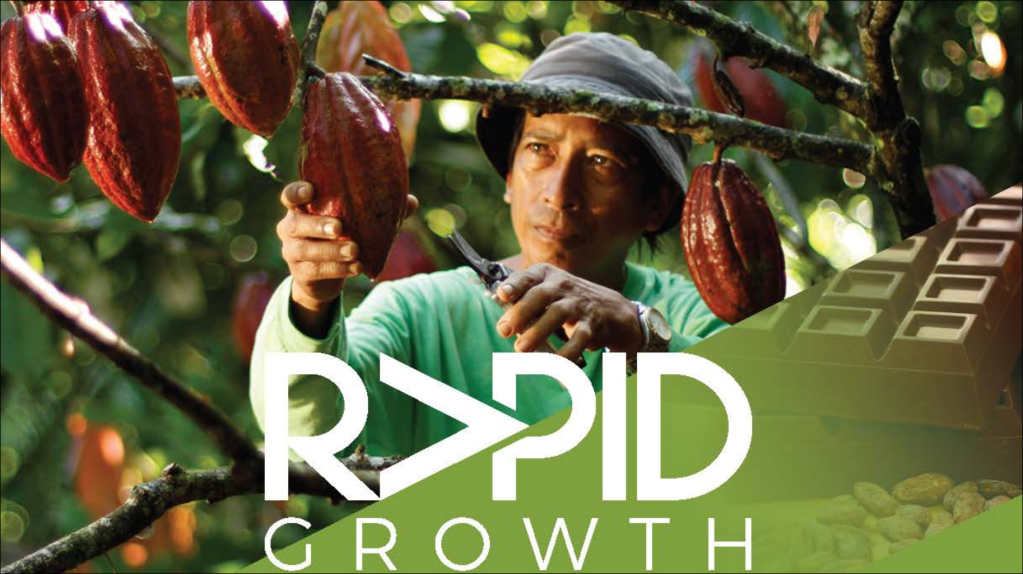By Melody Mendoza Aguiba
July 28, 2023
An ASEAN carbon farming consortium has been put up by the Southeast Asian Regional Center for Graduate Study and Research in Agriculture (SEARCA) to generate carbon credit and cut greenhouse gas emission while raising farmers’ income.
SEARCA Director Dr. Glenn B. Gregorio said the consortium will give incentives for Asian farmers to adopt innovative technologies that will reduce emission of a very powerful greenhouse gas, methane, that comes from rice farming. It will generate carbon credits in the future.
Aside from solving a huge environmental problem, it will raise farmers’ income by at least 50%. It will generate rural jobs, and produce an organic-type fertilizer.
“We will share the data (between Southeast Asian countries), the experience from everyone, We will get funds together, and SEARCA will commit some funds to start it up,” said Gregorio at the roundtable discussion on “Sustainable Food and Agriculture System in Southeast Asia. SEARCA co-organized it with the Bangko Sentral ng Pilipinas.
SEARCA will start with a few pilot sites, use these as model for replication, and do actual measurements (greenhouse gas emissions, income) as scientific basis for replication.
Farmers will be organized, formed into communities, and incentivized to use the innovations.
“We’ll incentivize them, and use these incentive system as policy that may be adopted by legislators. Using these technologies needs a new mindset,” said Gregorio.
Among climate-smart varieties to be popularized to farmers are short-maturing and high-yielding, tolerant to biotic and abiotic stresses, and high-biomass varieties,
drought-tolerant rice, submergence-tolerant rice, salt-tolerant rice.
“We’ll make a model, make it work, and after a few years, once we see farmers benefitting, it will spread like fire,” said Gregorio. “Once the soil is rehabilitated, it will have health benefits. It will benefit all. We will use digital technology. It’s a dream, but it’s reachable.”
In one technology to be adopted by the consortium, SEARCA has partnered with the UK-based Straw Innovation Ltd for the “Rice Straw Biogas Hub.” The project also involves UK SME Koolmill, and UK academic partner Aston University.
The project solves the huge problem of disposing rice straw which becomes a waste material from producing rice. An estimated 750 million metric tons (MT) of rice straw is produced yearly. To dispose of the waste, an estimated 300 million MT is burned. The remaining 400 MT is left to decay in the fields, emitting a huge amount of methane, a greenhouse gas 80 times more dangerous to the environment than carbon dioxide when emitted over a 20 year period, according to SIL. GHG emission is more than that of the entire global aviation industry.
However, SIL has developed a harvester enabling synchronous harvesting of both rice and the rice straw. That omits burning, disposal of much waste, and significantly reduces GHG emission.
Income for farmers is increased by 50%. The technology enables production of fertilizer that stores carbon. The innovation brings jobs in rural areas, reduces post harvest losses, and generates billions of dollars for the Philippines’ rice sector.
Other technologies to be popularized among Southeast Asian farmers are water-saving technologies like alternate wetting and drying of rice farms, soil and nutrient management, and cropping and crop-animal system.
GHG-reducing soil and nutrient management techniques include nutrient-fixing legumes, use of chemical versus organic fertilizer, and methane-oxidating bacteria.
Cropping and crop animal systems that reduce GHG emission include lowland agroforestry, crop-animal integration, and crop biomass and animal manure management.
The carbon farming system will improve traceability of farms and agricultural products or the process by which a product in the market or at any stage in the supply chain can be traced to its origin. Such provides for food safety and transparency.
PHOTO Innovative harvester that synchronously reaps rice and the rice straw– omitting much greenhouse gas emission, much waste burning, and post harvest loss.


























